In 1875, the War Department purchased land at Caterham, the build for something new started that year with the Guards Depot being finished 1877 at a cost of £46,273 (a huge sum of money at the time).
Caterham became the largest army depot of the Victorian age, and home to Her Majesty’s Foot Guards, the elite personal bodyguard to the Monarch.
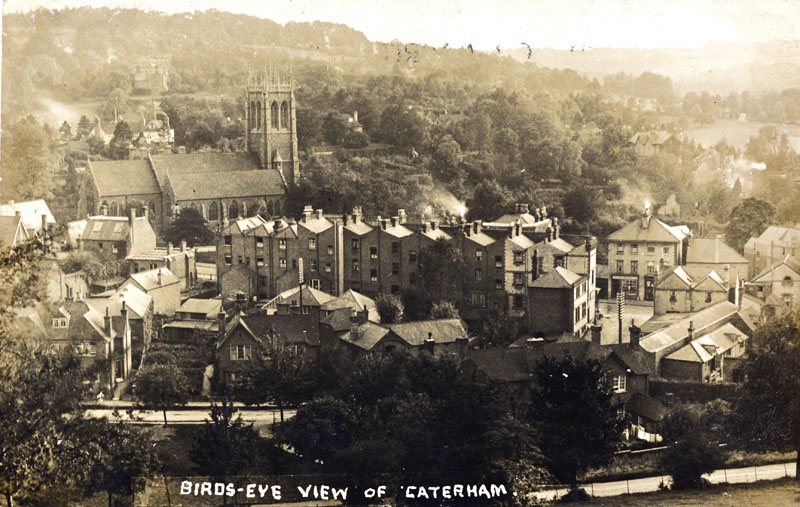
The barracks was a prime example of the reform of barrack design in the mid-nineteenth century following the Crimea War of 1853-1856. A more humane approach to the housing and welfare of soldiers followed the results of official enquiries that showed that soldiers based at home had a life expectancy half that of their contemporaries in the civilian population. Soldiers were kept in conditions of overcrowding and squalor as bad as workhouses and prisons.
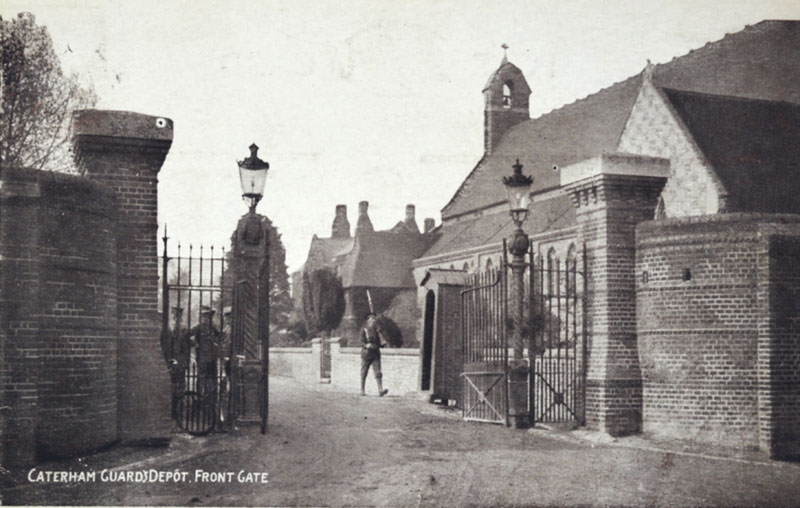
The reformers, who included Florence Nightingale and Sydney Herbert advocated new standards of health care, sanitation and moral reforms in both civilian and military establishments. The army was forced to respond.
The construction of the Depot reflected a more humane style of barrack design in the aftermath of the Crimean War; the barrack blocks included better sanitation as well as cross-ventilation and cross-lighting of sleeping facilities for the first time.
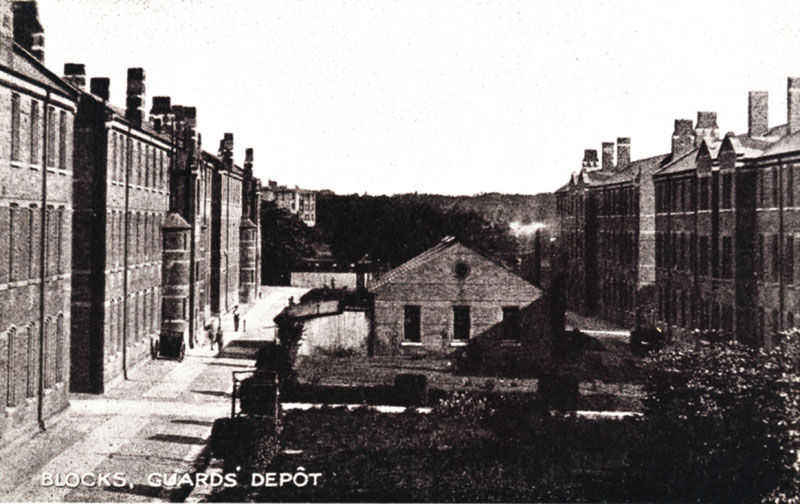
In all, the aim of the design of the barracks was “the creation of a higher tone of social habits” by providing healthy living conditions, proper sanitation, decent food, and moral and physical education. Further recommendations in a following guidance document on the design of the barracks recommended the physical separation of the accommodation and messes for officers. The Depot at Caterham was on of the first large ‘permanent’ training camps (the first being built at Aldershot in 1850).
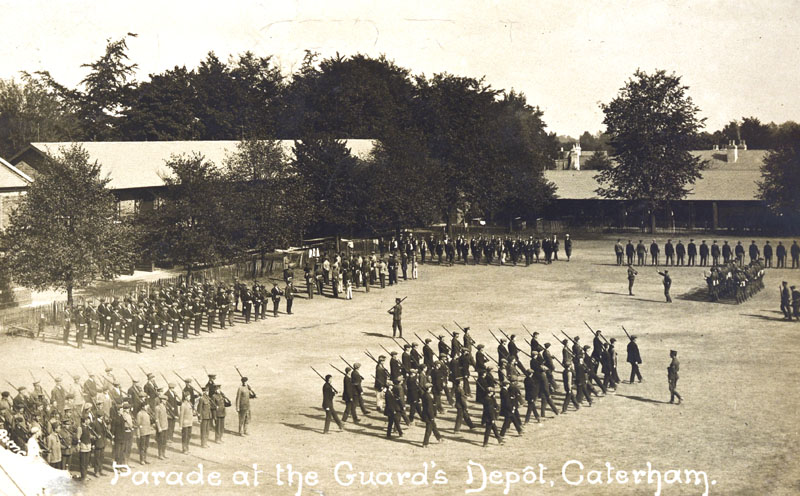
For more than a century, the Guards Depot, Caterham, has played a major part in military history. Thousands upon thousands of recruits, Grenadiers, Coldstream, Scots, Irish, and Welsh Guardsmen, passed through the depot on their way to the various Regiments.
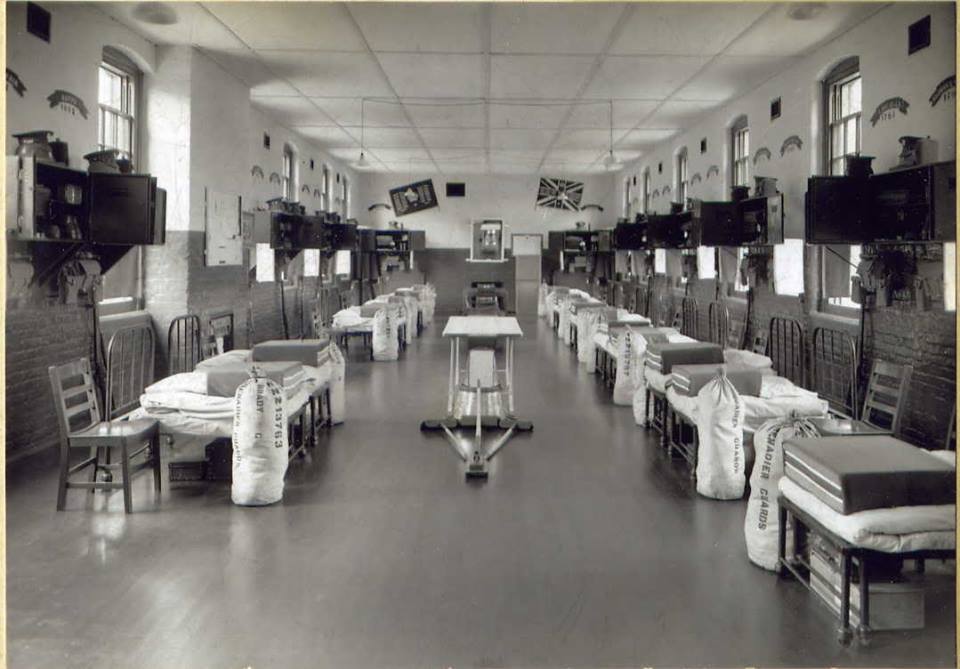
Caterham Barracks ceased being a training Depot in 1960 (the Depot was moved to Pirbright in 1960), but the Household Division *continued to have a presence in Caterham with one of the five Regiments of the Brigade of Guards stationed there until 1995.
*Apart from two short breaks when the Guards were fully committed elsewhere, January 1977 to March 1978 and February 1986 to March 1988, there was only one other period after opening in 1877 when there was no Guards Regiment at the Caterham Depot which was 1927 when all five Regiments moved out for a year because of a serious outbreak of diphtheria in the area
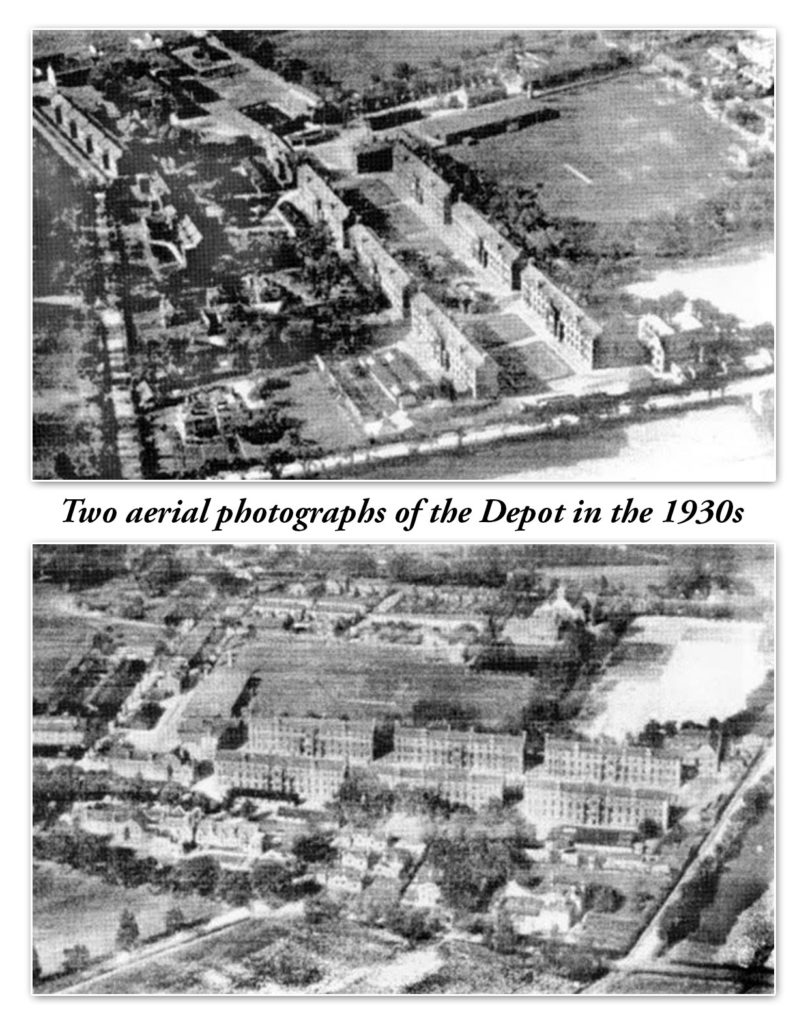
(The Guards, thirty-five-year farewell to Caterham Guards Depot)
1st Bn Welsh Guards: Jan ’60 – Dec ’60
1st Bn Irish Guards: Dec ’60 – Dec ’61
2nd Bn Grenadier Guards: Dec ’61 – Oct ’64
2nd Bn Scots Guards: Oct ’64 – Jan ’66
1st Bn Grenadier Guards: Jan ’66 – Apr ’70
1st Bn Irish Guards: Apr ’70 – Nov ’70
2nd Bn Grenadier Guards: Nov ’70 – Dec ’72
1st Bn Irish Guards: Dec ’72 – Jan ’75
1st Bn Welsh Guards: Jan ’75 – Jan ’77
2nd Bn Coldstream Guards: Mar ’78 – Dec ’80
1st Bn Coldstream Guards: Dec ’80 – Feb ’86
2nd Bn Grenadier Guards: Mar ’88 – Dec ’94
Nijmegan Coy Grenadier Guards: Dec ’94 – Mar ’95
On Thursday March 23rd 1995, the flag of the Nijmegen Company Grenadier Guards was lowered for the last time, 118 years after the Depot first came alive. Groups of people watched them go as they marched down Church Hill and out of Caterham.


